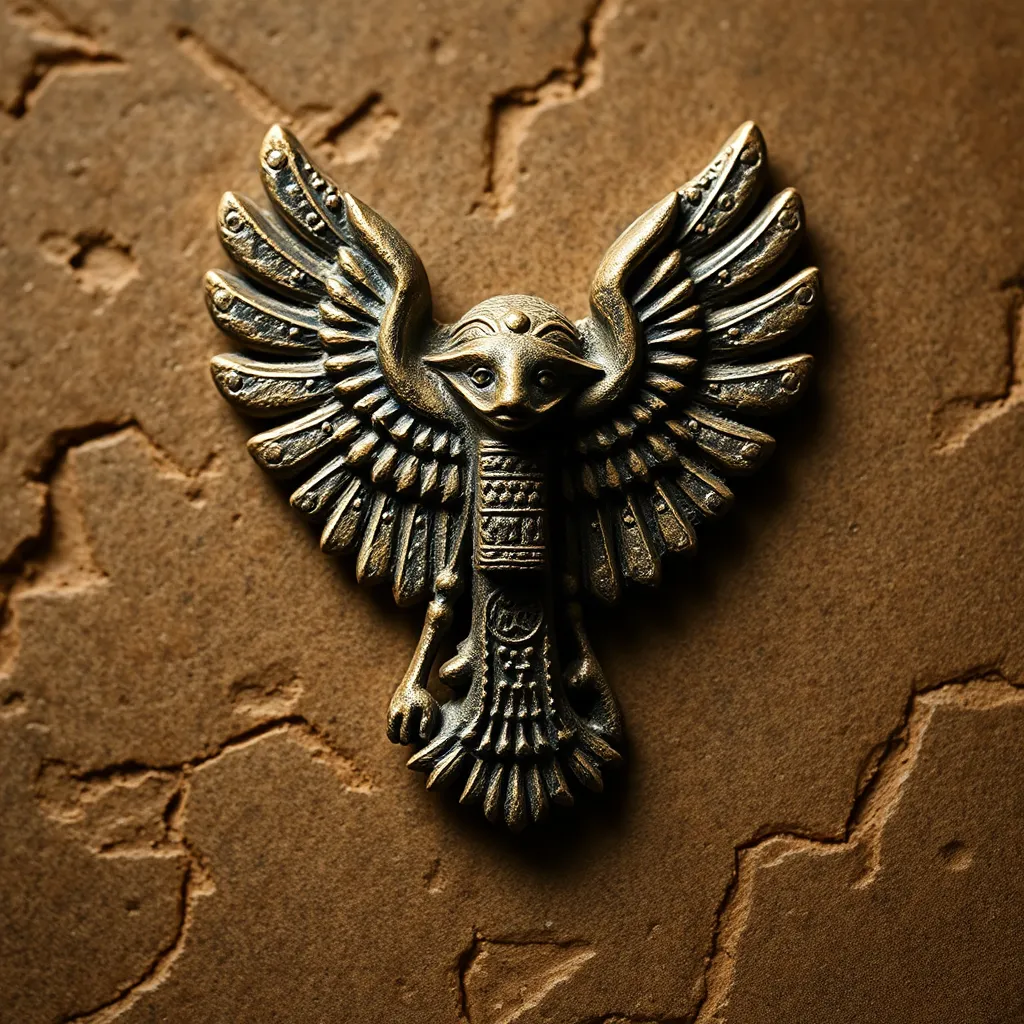The Role of Amulets in Egyptian Rituals and Ceremonies
I. Introduction
Amulets have long been a significant aspect of ancient Egyptian culture, deeply embedded in their daily lives and spiritual practices. Defined as objects believed to possess protective qualities, amulets were used to ward off evil, bring good fortune, and ensure safety in both life and death. This article explores the multifaceted role of amulets in Egyptian rituals and ceremonies, highlighting their historical significance and enduring legacy.
II. Historical Context of Amulets in Ancient Egypt
A. Origins and evolution of amulet use
The use of amulets in ancient Egypt dates back to prehistoric times, evolving through various dynasties. Initially made from natural materials such as stones, bones, and shells, the design and complexity of amulets increased over time. By the time of the Middle Kingdom, amulets were crafted from more durable materials like faience and gold, often intricately designed to enhance their protective qualities.
B. Cultural and religious significance in ancient Egyptian society
Amulets held tremendous cultural and religious significance in ancient Egypt. They were believed to be imbued with magical powers and were often used in rituals to invoke the protection of the gods. The Egyptians viewed amulets as essential tools in navigating the challenges of life and the afterlife, intertwining them with their beliefs about the divine and the cosmos.
III. Types of Amulets and Their Symbolism
A. Common materials used in amulet creation
Amulets were crafted from a variety of materials, each chosen for its symbolic meaning and protective properties. Some of the most common materials included:
- Faience: A glass-like ceramic material often used for its vibrant colors.
- Gold: Symbolizing immortality and divine protection.
- Stone: Various stones were used, each believed to possess specific powers.
- Wood: Often carved into protective shapes or symbols.
B. Specific amulets and their associated powers
Among the myriad of amulets, several stood out due to their widespread use and powerful symbolism:
- The Ankh: Symbolizing life and immortality, it was often worn to ensure eternal life.
- Eye of Horus: Representing protection, health, and restoration, it was believed to ward off evil spirits.
- Scarab Beetle: A symbol of rebirth and regeneration, often associated with the sun god Ra.
- Isis Knot (Tyet): Symbol of protection and welfare, particularly associated with women and childbirth.
IV. Amulets in Daily Life
A. Use of amulets for protection and good fortune
In daily life, Egyptians wore amulets as personal talismans. From children to adults, amulets were believed to provide protection against misfortune and illness. Commonly worn around the neck or carried in pockets, amulets reflected the individual’s social status, beliefs, and personal circumstances.
B. Amulets as personal talismans and their role in family life
Amulets were often passed down through generations, serving as family heirlooms. They symbolized the family’s protective lineage and were used in rituals to bless new births or to safeguard loved ones from harm. The emotional connection to these objects underscored their importance in family life and continuity.
V. Amulets in Funerary Practices
A. Role of amulets in burial rituals
Amulets played a crucial role in funerary practices, as they were placed in tombs to protect the deceased in the afterlife. Various amulets, each with specific protective powers, were included in burial wrappings or placed in the coffin. Their purpose was to assist the dead in overcoming challenges and ensuring a safe passage to the afterlife.
B. Significance of the “Book of the Dead” and associated amulets
The “Book of the Dead,” a collection of spells and prayers, was often accompanied by amulets. These texts provided guidance for the deceased, while amulets such as the scarab or the Eye of Horus were included to offer protection during their journey through the underworld. Together, they represented a holistic approach to death and the afterlife.
VI. Amulets in Religious Ceremonies
A. Use of amulets in temple rituals and offerings
Amulets were integral to religious ceremonies, often used in temple rituals to invoke the favor of the gods. Priests would bless amulets during ceremonies, enhancing their protective powers. Offerings often included amulets placed in sacred spaces as tokens of devotion, believed to attract divine favor and protection.
B. The connection between amulets and divine protection
The Egyptians believed that amulets served as a bridge between the mortal and divine realms. By wearing or displaying specific amulets, individuals sought to align themselves with the gods’ protection, ensuring safety from malevolent forces and misfortune.
VII. Modern Interpretations and Cultural Legacy
A. The influence of ancient Egyptian amulets in contemporary practices
The fascination with ancient Egyptian culture continues to thrive in modern times. Amulets have found their way into contemporary spiritual practices, with many people adopting symbols like the Ankh and Eye of Horus for their perceived protective qualities. These symbols have transcended time, becoming popular motifs in jewelry and art.
B. Archaeological findings and their implications for understanding Egyptian culture
Archaeological discoveries have revealed vast collections of amulets, providing insights into ancient Egyptian beliefs and practices. The sheer variety of amulets found in tombs and temples illustrates their importance in both daily life and the afterlife, helping historians piece together the spiritual landscape of ancient Egypt.
VIII. Conclusion
In summary, amulets played a vital role in the rituals and ceremonies of ancient Egypt, symbolizing protection, good fortune, and divine connection. From daily life to funerary practices, their significance cannot be overstated. The enduring legacy of amulets in modern spirituality reflects humanity’s ongoing search for protection and meaning in the face of life’s uncertainties.




